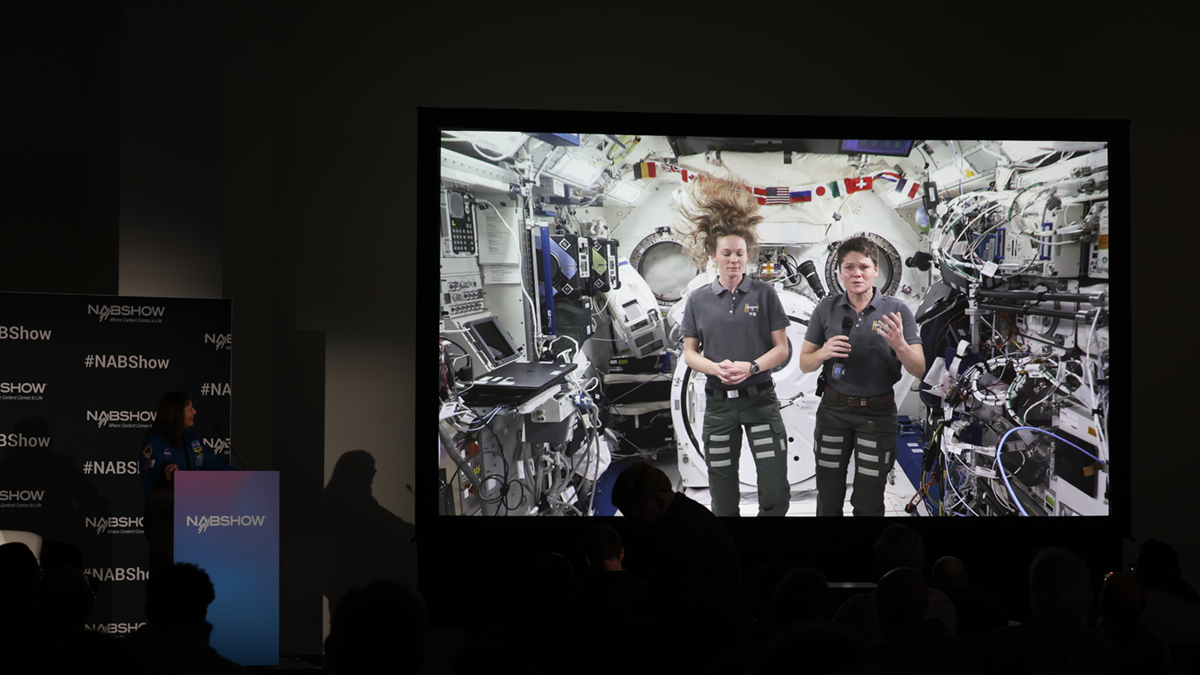BXF, Asset Management to Highlight Automation Options at the NAB Show
Automation software has come a long way from its robotic spot player control roots. Except for the occasional tape-based manual operation, there’s no avoiding some degree of automation in Master Control to manage the server, catalog content, control peripherals, and work with Traffic to keep the cash flowing.
Automation’s raison d’etre — “managing complexity,” (for both the operator and the overall workflow) and implementing “do more with less” dictums — has barely changed over the years. But functionality is continually adapting to changes in work patterns and technology. Offerings run the gamut from basic clock/index finger-triggered playback systems to highly advanced and scalable content management suites that “touch” every stage of the process from acquisition to air-play.
The automation business has grown in-step with the ascendancy of video servers. The original handful of credible vendors has ballooned to nearly 50 automation exhibitors at last year’s convention. Besides the “usual suspects,” a wide assortment of small- to medium-sized companies, increasingly from Europe and beyond, offered everything from proprietary “everything-in-a-box” packages to high-performance systems and all manner of things in between.
So what’s hot and what’s not in the automation arena at this year’s NAB Show?
The long-awaited Broadcast Exchange Format (BXF) train has almost reached the station; hopefully SMPTE will bless and release it by (this year’s) NAB Show. The impact of this collaboration between the traffic/billing and automation camps won’t really be felt until vendors release BXF-enabled versions of their products and end-users recognize and employ its efficiencies, such as just-in-time spot sales, real-time playlist updates, dynamic as-run reports, perhaps even “lights out” master controls.
Media Asset Management (MAM) is hot, although it’s still hard to make a good business case or say exactly what’s expected of it. Automation system databases inherently manage assets through their media and metadata tracking. Real MAM crosses boundaries into content creation with sophisticated image search capabilities and other creative process tools. While probably best left to third-party specialists, some automation suppliers have acquired or developed their own MAM applications. The growing adoption of SQL architecture may simplify the “Vulcan mind-meld” integration between automation and creative databases.
Automation-driven storage management is also “in,” though the lines have blurred between rules-based hierarchical storage (archiving) versus expanding server capacity with network attached storage (NAS) arrays. Archiving makes economic sense for PBS and independent stations with long-term program rights. For others, augmenting the server with accessible near-line storage, whether third party or as an automation option, can be a good move.
The rush to centralcast (i.e. controlling several remote stations from one facility) has subsided, a victim of bandwidth and infrastructure costs, and resistance from the affected markets. Buyers, however, still want the ability to do so in the future. On the flip-side, multicasting (several to hundreds of channels from one facility) is increasing thanks to station ownership consolidation, the digital conversion, and increasing numbers of uplink and content origination centers.
And anything IT-based looks good to the computer savvy generation assuming broadcast operations leadership. Automation was, of course, IT-based long before it was cool to say so.
Get the TV Tech Newsletter
The professional video industry's #1 source for news, trends and product and tech information. Sign up below.
